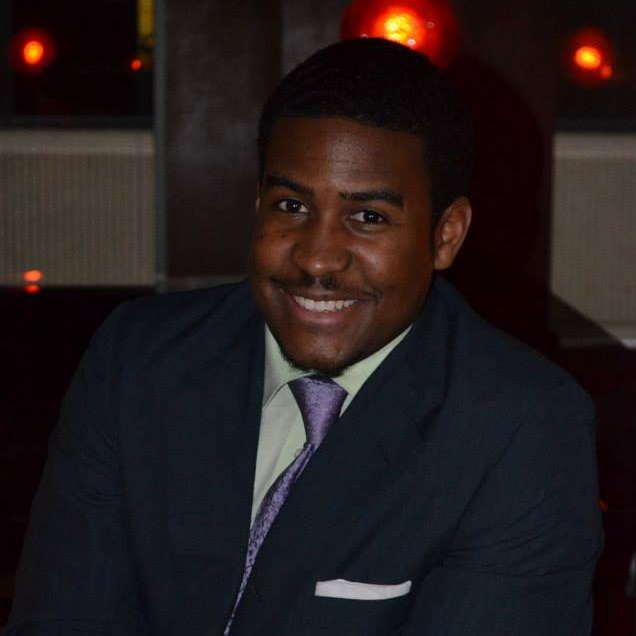 “Are they going to kill me?”
“Are they going to kill me?”
That’s the question a young Black boy asked me one afternoon when I accidentally bumped into him and his grandmother on West Florissant Avenue, in Ferguson, after Michael Brown’s death. He was pointing at two officers watching peaceful protestors. I said, “No, little man, you’ll be ok,” but as I walked away, I wondered if he would be ok, if our country would be ok.
In the last two weeks several important reports have been issued: a new interim report from the White House’s Task Force on 21st Century Policing; the Justice Department's final report on Ferguson; and the Mayors' Challenge for Safer People and Safer Streets Summit convened by the US Department of Transportation. What intrigues me the most is how all three merge community, access, and safety. For those in the built environment advocacy space, this is a clear time to pay attention.
The role of place and mobility is gaining traction in the national discourse on policing and people of color. The 21st Century Policing Task Force’s interim report contains specific recommendations that identify proper policing as an imperative aspect of true community building. Whether it’s creating opportunities in schools and communities for positive interactions with police outside the context of enforcement, collaborating with community members to develop policies and strategies in neighborhoods disproportionately affected by crime, working with neighborhood residents to coproduce public safety, or encouraging communities to adopt policies and programs that address the needs of children and youth most at risk for experiences with crime and violence; safety and health are at the forefront.
As the recommendations from these efforts make clear, communal buy in is critical for safe environments. The recommendations speak to equitable place-making, safe and healthy mobility, and the key role of community leaders and guardians. All of these recommendations are not separate unto their own, but are integral in the rebuilding of neighborhoods all over the country. As F.B.I. director James B. Comey candidly stated in February on the difficult relationship between the police and communities of color, “We all need to talk, and we all need to listen, not just easy things, but about hard things, too.”
The fact is, policing matters when it comes to whether or not residents in a neighborhood can freely and safely use their mobility choice to access their homes, schools, supermarkets, green spaces, and jobs. All over the country, there are significant disparities in enforcement that inhibit equitable community building. In cities like Fort Lauderdale – where we are currently providing technical assistance – they call it "riding while black," with 86% of bicycle citations since 2010 going to black young male cyclists in low-income neighborhoods. In Los Angeles, on this past Martin Luther King Day, parade marchers on bicycles, many of whom were elderly community leaders, were harassed by the Los Angeles Police Department because they didn’t think they belonged. In the city where Eric Gardner was killed, a recent study from City University of New York found that 12 of the 15 New York City neighborhoods with the most sidewalk-riding citations were predominantly Latino or Black, while 14 of the 15 with the fewest citations were majority white. This is in spite of the fact that sidewalks in African American neighborhoods are 38 times more likely to be of low quality.
The Five E’s (Engineering, Education, Encouragement, Evaluation, and Enforcement) have been part of Safe Routes to School since its inception. In order for programs and policies like Safe Routes to School, Complete Streets, and Shared Use to be effective, community and police have to work hand in hand; if there is no trust or equal protection under the law, our advocacy ground becomes faulty. As Attorney General Holder stated in his remarks on the Justice Department's final report, we must work to achieve the “shared values and the common desire for peace, for security, and for public safety that binds us together.”
